|
Encompassing a PGA-standard golf course and set in 250 acres of landscaped grounds, these photos are taken in and around the 18th century Mansion House in Wokefield Park. An Asian wedding was taking place, although unfortunately had to be cancelled due to a fire in the kitchen shortly after these photos were taken! Also located on site is the UK BMW Training Academy – hence the car photos. And I could not resist the temptation to roam through nearby fields and farms trying to capture the elegant beauty and vibrance of the fantastic sunset the following evening!
Technical details: Sony a850 with Sigma 50-500mm (Bigma) and Tokina 19-35mm lenses.
0 Comments
Strongly recommended by a triathlon-organiser that we had met the previous day, we braved the cold winds and headed out to Calleva, one of the oldest settlements in Britain.
The lost town of Calleva Atrebatum was an Iron Age and Roman town which can be found deep in the north Hampshire countryside, outside of Reading. “But where once there was a busy, populous centre, now there are only green fields. All that is now visible above ground, of a settlement that thrived for more than 500 years between the first century BC and the fifth or sixth century AD, are sections of the late Iron Age fortifications of rampart and ditch, the Roman amphitheatre and, most impressive of all, the entire circuit of the late Roman town walls. Why did a major settlement develop in this location; and why is there no successor medieval and modern town? There are no certain answers to either of these questions, but trying to resolve them is one of the eternal fascinations of Calleva” BBC History. The old church, located just outside of the city walls, was built in 313 AD when Christianity was no longer a proscribed religion. Click or hover over to read the captions. Technical details: Sony a850 with Tokina 19-35mm lens. Today's blog post is brought to you by Dan...
It is not often that we venture to the east of the capital, or perhaps more accurately, anywhere east of the Metropolitan line. There is some logic to this unofficial frontier that has come to dictate our walks, at least on costs and convenience grounds given that we mostly set off from Niraj’s base in north-west London. Nevertheless, it would be hard to deny that Niraj’s inexplicable preference for the West [of England as opposed to the whole world] also plays a part. That said, the Epping Forest Walk marked an exception to this long-standing convention. Covering some 6,000 acres, the forest is London’s largest open space and stretches 12 miles from Manor Park in east London to just north of Epping in Essex. The forest is also of national and international conservation importance with two thirds designated a Site of Special Scientific Interest and a Special Area of Conservation. Our walk began not far from Chingford Station at Connaught Water– one of a number of man-made lakes in the area that were formerly gravel excavation pits. The circular route took us on a well-trodden track through the heart of the forest, northwards to High Beech and back. Although famous for its ancient oak, beech and hornbeams that have stood for many centuries, the forest is home to an astonishing variety of trees - around twenty species in all. Just before halfway emerged the hamlet of High Beech, the only settlement within Epping Forest. Being Good Friday, we caught a procession heading towards the Holy Innocents Church – a quaint church entirely embosomed by the forest. On reaching, we stood for a brief while in the church’s graveyard, musing momentarily on the impermanence of all things, before entering the church for some inner repose. A little while later, we headed further on, passing the Epping Forest Visitor Centre to the King’s Oak pub for a spot of well-earned lunch. The return leg took us eastwards and back south through Loughton Camp – the site of an iron-age hideout, and along the small streamlet of Loughton Brook meandering its way through the forest, before eventually reaching the far side of Connaught Water where we had begun. Technical details: Sony a850 with Sigma 50-500mm (Bigma) lens. Londontastic is an exciting new tour operator offering free walking tours in the heart of London - one of the busiest, diverse, historically and culturally rich cities in the world. Just spending a few afternoons walking around the West End reminded me of the abundant photographic opportunities at every nook and cranny. Even a nature lover like me who prefers fields, farms and fresh air to lively urban areas can't help but wonder around in amazement at how much this metropolis has to offer for everyone! Click here to find out more about Londontastic and perhaps register your interest in a free tour (although some parts of the website are still under construction).
Click on an image or hover over it to read the captions. Technical details: Sony a850 with Tokina 19-35mm lens. At last, a few spring-like moments creeping into our weather forecast... allowing a little more time to familiarise myself with the Pen Mini and explore the capability of these old lenses.
Last two photos taken at London Bridge, the rest are from Regent's Park. Photos are unedited, some have captions. I personally love the snow drop and crocus photos taken in glimpses of gorgeous dusk lighting. Technical details: Olympus E-PM1 with OM Zuiko 28mm f2.8 and 135mm f3.5 lenses. A small collection of photos taken over a few visits to Stocker's Lake and the Rickmansworth Aquadrome...
Technical details: Sony a850 with Sigma 50-500mm (Bigma) lens. |
Vote for your favourite 2013 photos here!
Archives
July 2014
Categories
All
|
© 2016 Capture the Soul Photography. All rights reserved.

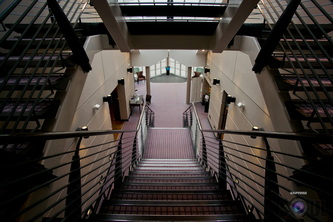
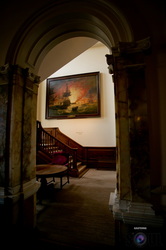
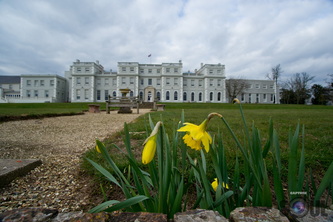
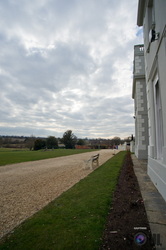
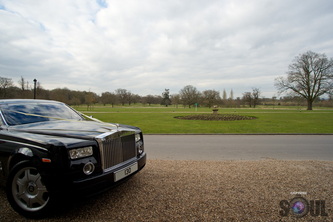
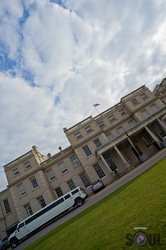
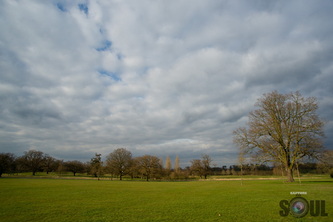
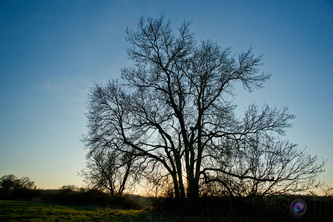
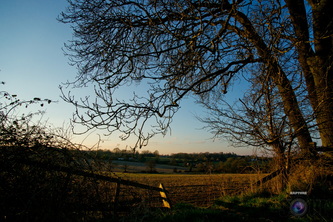
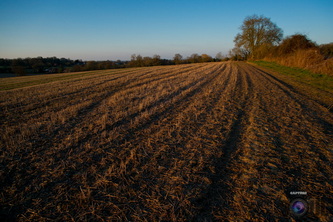
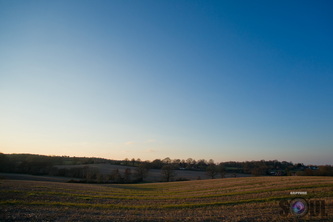

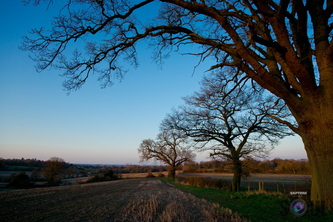
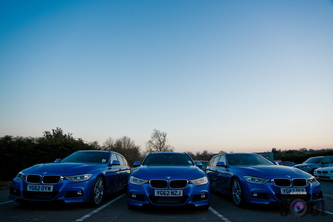
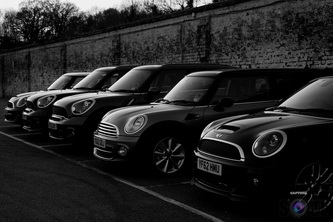

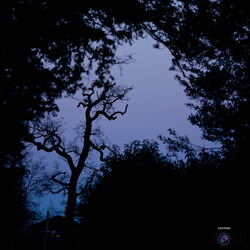
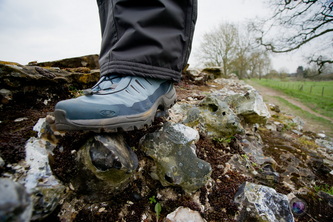
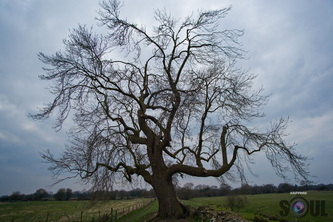
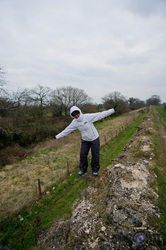
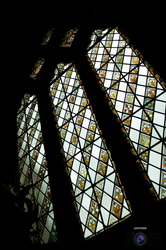
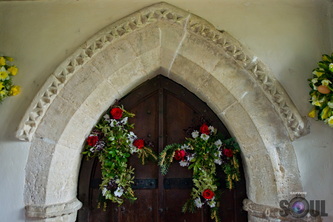
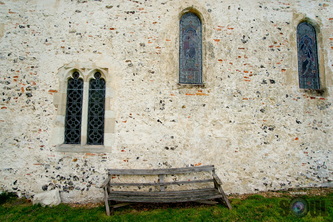
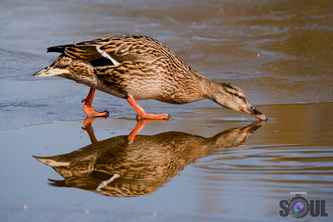
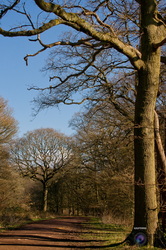
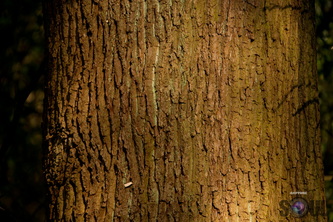
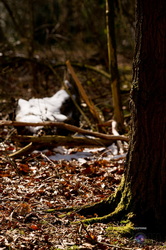
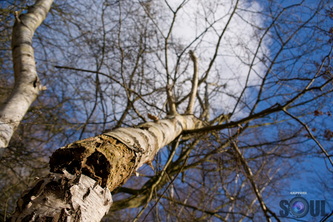
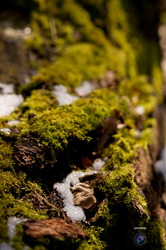
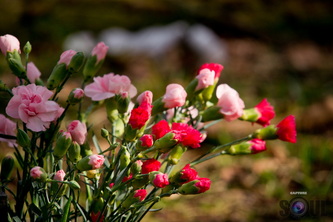
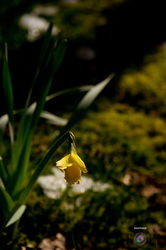

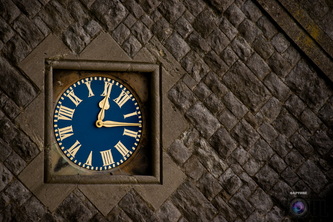
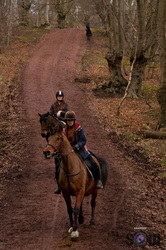
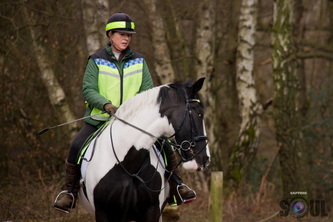
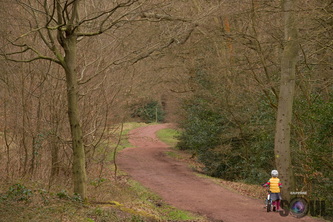
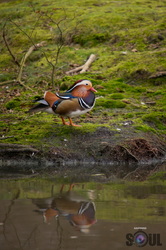
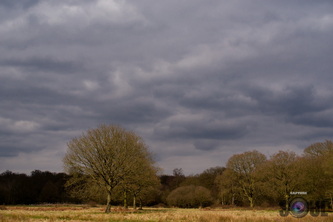
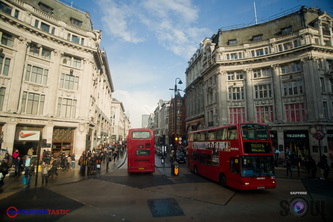
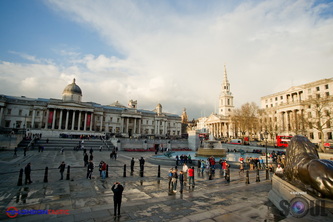
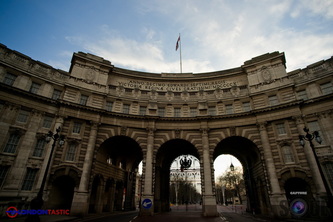
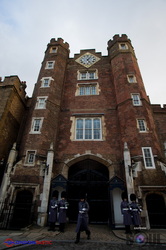
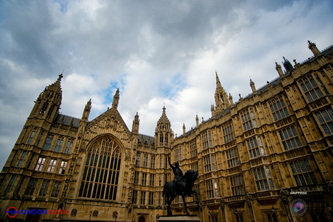
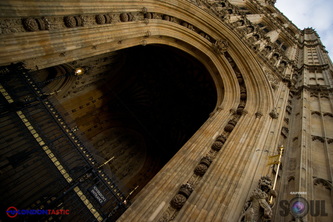
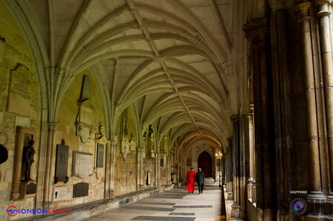
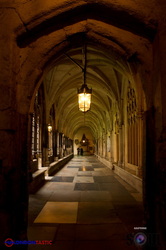
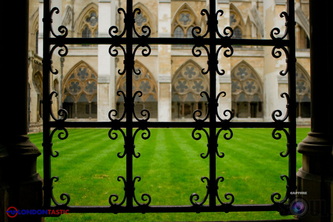
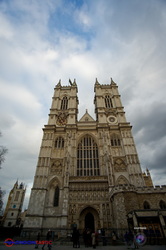
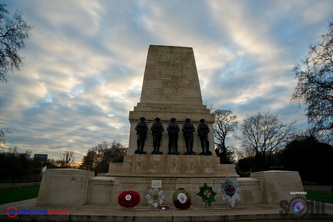
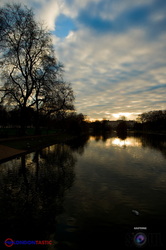
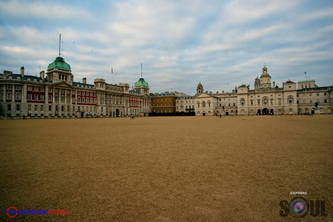
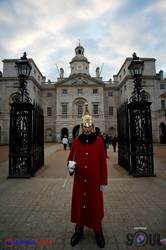
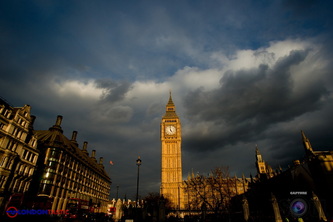
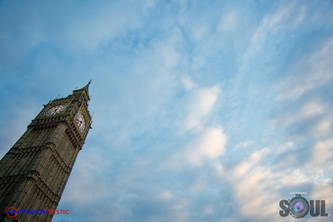
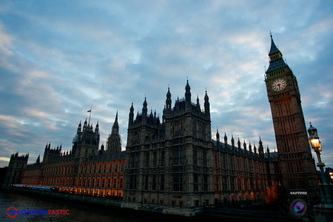
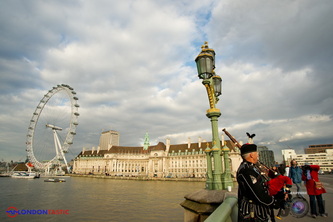
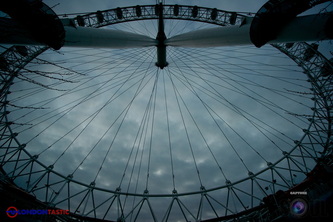
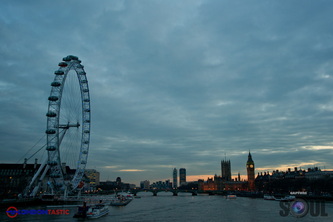

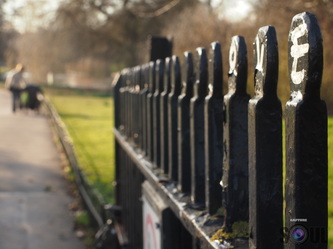
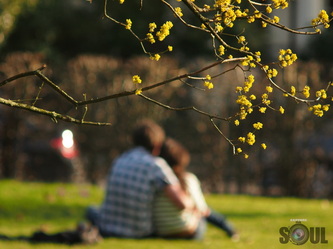
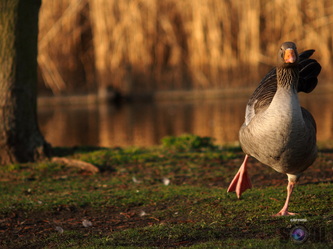
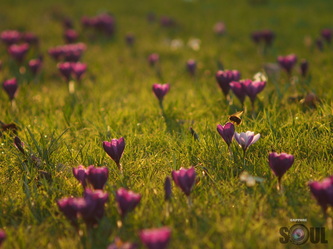
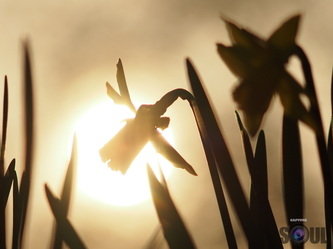
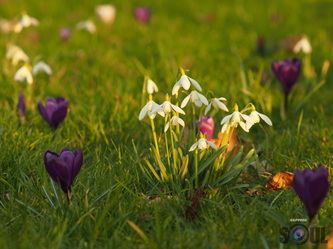
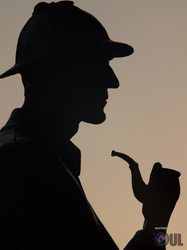
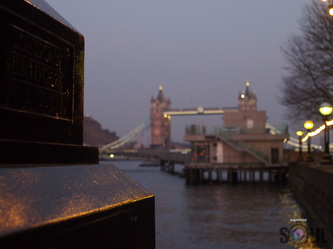
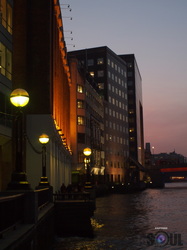
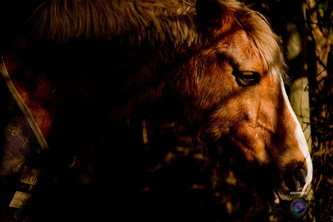
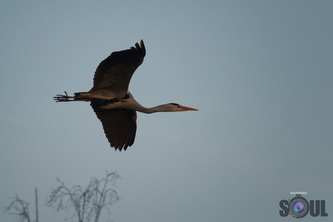
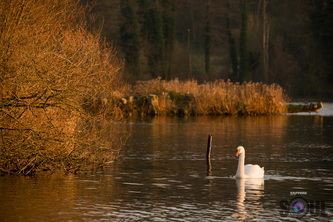
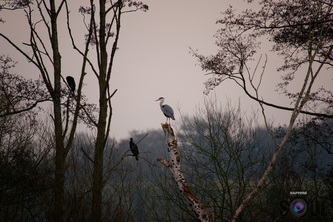
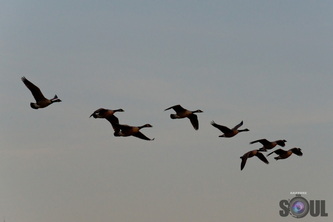
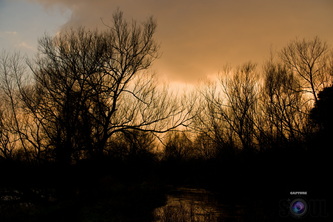
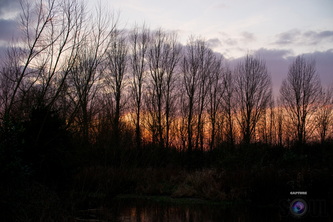
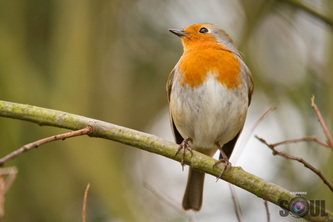
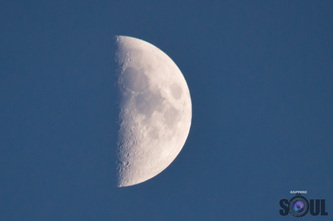
 RSS Feed
RSS Feed